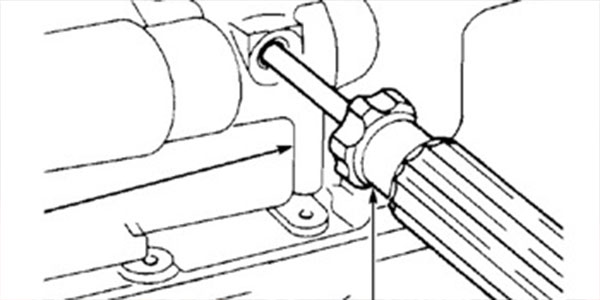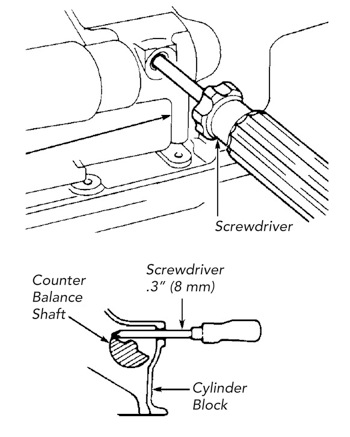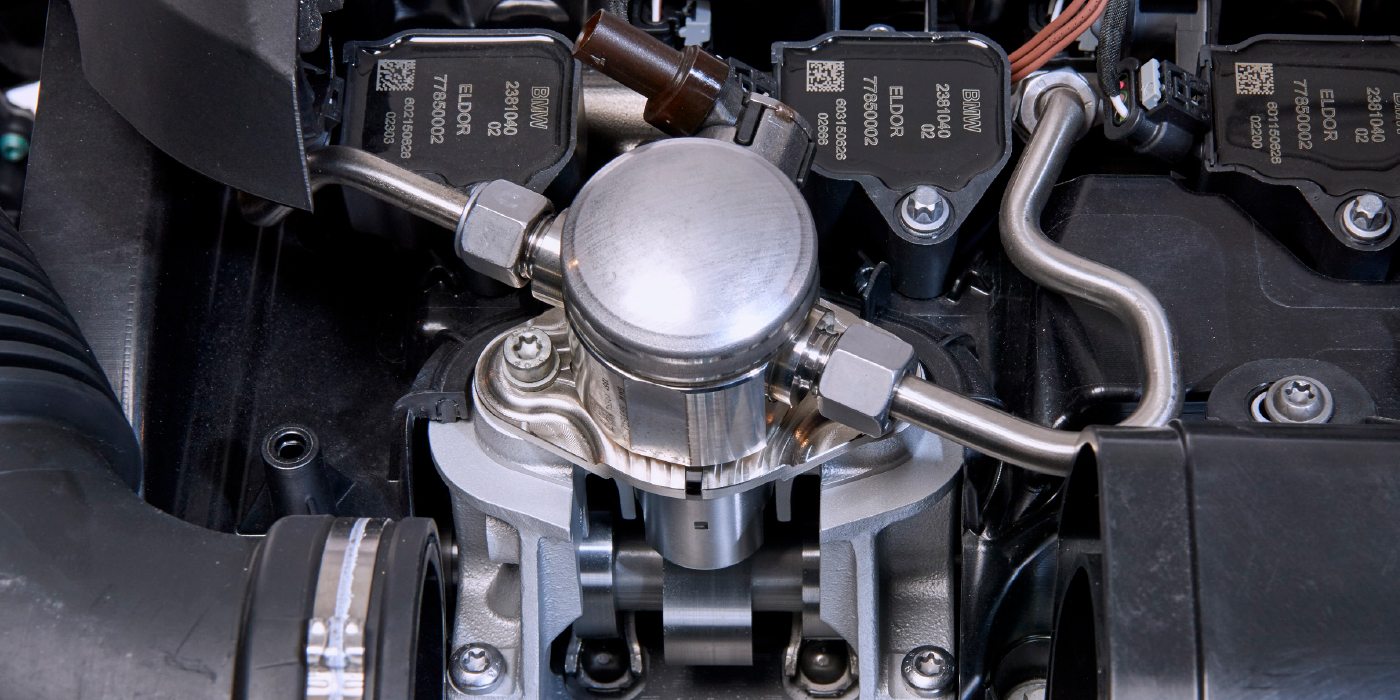When working on a Hyundai 1.6-2.4L, be sure to check the weights on the shafts before installing belts.
Hyundai also uses balance and oil pump shafts driven by the timing belt. In the early 1990s, balance shafts were used on the small displacement 1.6L and 1.8L DOHC engines found in the popular Elantra and the sporty Tiburon, as well as the larger displacement 2.0L and 2.4L engines used in the Sonata.
The addition of the balance belt won’t cause any problems as long as it’s timed correctly and the counterweights are in the proper position when the belts are installed. There are access holes in the block that allow you to insert a punch or screwdriver to ensure the weights are at the bottom of the shaft, but they are not always necessary. It isn’t difficult to “feel” that the weights are at the bottom of the shaft. Later 1.8L and 2.0L engines went with a timing chain tying the cams together, while a belt was used on the opposite end of the exhaust cam to drive both. No balance shafts are used on these engines but remain necessary on the larger displacement four-cylinder engines.
Article courtesy Import Car.















